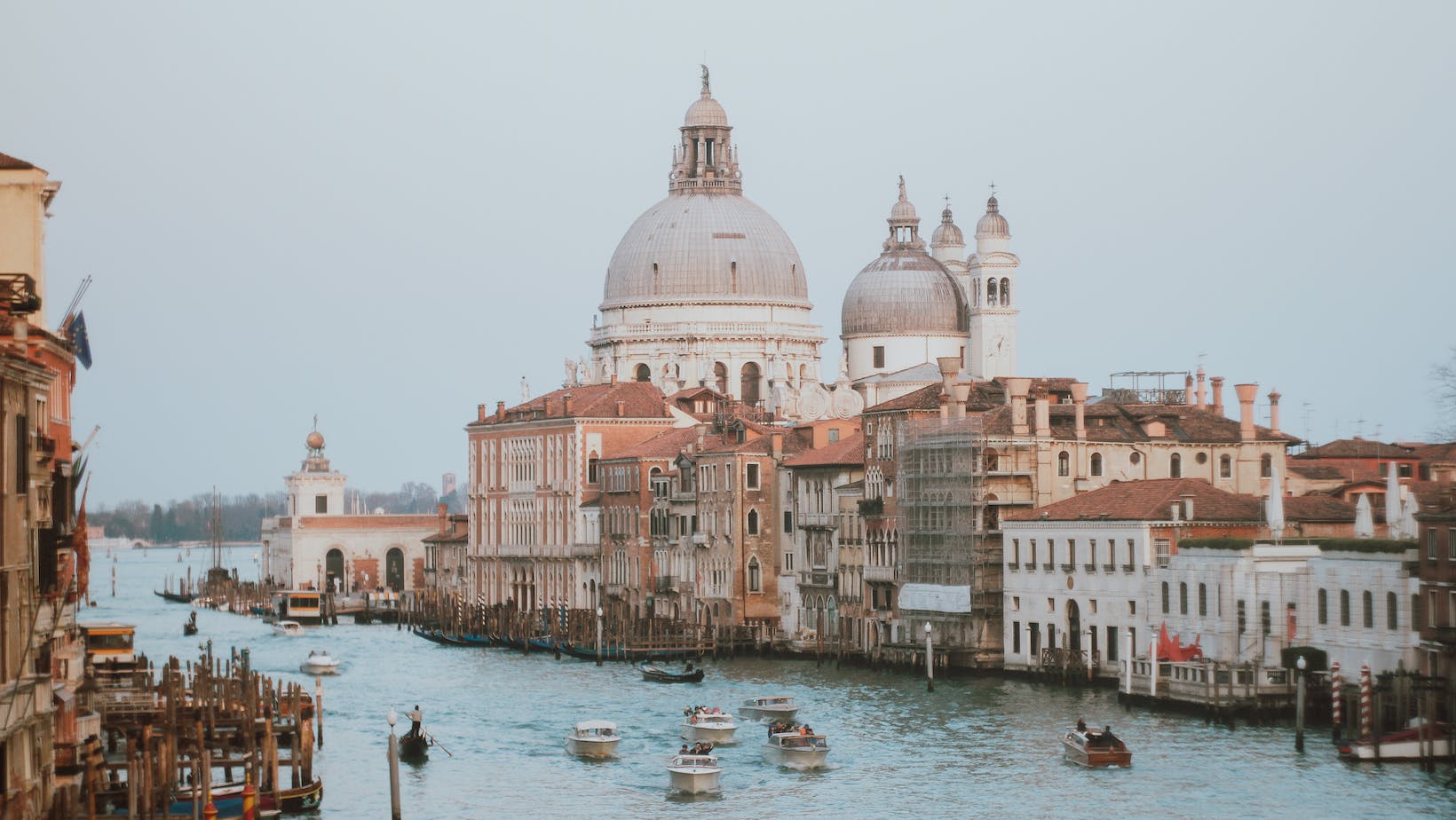Not too many people can say they’ve received the grand tour of Venice from American expatriate poet Ezra Pound’s daughter, Mary de Rachewiltz. Not too many people would care, really, since they have no idea who Ezra Pound is. That’s okay; that’s their loss. Not yours, though.
On Ezra Pound
Ezra was born in 1885 in Hailey, Idaho and became known for developing Imagism, one of the key movements of modern poetry. The fluffy flowers of Romantic and Victorian poetry went out the window and Ez filled the gaps with Japanese and Chinese poetry, excerpts from obscure literature in about 17 dead languages, and historical references that few people without a Ph.D. can really get. This was a very, very intelligent man who kept august company, including T. S. Eliot and James Joyce. Pound himself is most well known for his epic poem (and epically heavy book), The Cantos.
Going to Venice
As a junior in college, I studied abroad to Brunnenburg Castle in northern Italy under the tutelage of Mary, Ezra’s daughter with his mistress Olga Rudge. Mary took us to Venice because her father had fallen in love with it at the age of 13.
It was raining that October day and the last thing I wanted to do was walk around Venice with wet socks. Still, Mary didn’t slow her step, and we started at the house next to the walled garden, above the supply shop, and opposite the gondola repair yard on the Rio S. Trovaso.
Here, without referring to notes or opening a volume of The Cantos, Mary recited lines from Canto LXXVI (that’s 76–there are 120 cantos in all). “Well, my window…looked out on the Squero where Ogni Santi…meets San Trovaso…things have ends and beginnings.” The window in question is the one at the upper right–the window to his old room in 1907, long before his famed troubles began.
Ezra came to live in Venice after his stint at St. Elizabeth Hospital in Washington, D.C.–an asylum to which he was committed after being deemed unfit to attend his own trial of treason. After mourning the deaths in WWI and losing faith in England, Pound had moved to Italy, where throughout the 1930s and 1940s he espoused Benito Mussolini’s fascism and even supported the likes of Adolf Hitler. Around the same time, he began to be accused of anti-Semitism. US forces arrested Ez for treason and detained him in a camp in Pisa. In this six-by-six-foot steel cage, Ezra lost his mind–hence, St. Elizabeth’s.

The Cantos in Venice
After his release, he returned to Castle Brunnenburg with Mary for a time before retreating with his mistress to Rapallo and then Venice. Mary continued our tour to his second lodgings, on the corner of Rio S. Vio. There’s a print shop there now. This is where Ezra considered chucking his early poems into the Grand Canal. I eyed the gray-green canal from the middle of the cobblestone street, lingering there while my classmates dragged their feet after Mary. The Grand Canal looked like a sewer beneath the heavy sky. I wondered where Ezra might have ended up had he drowned his work here.
The Cantos wouldn’t be my first choice in leisure reading but I felt then a deeper appreciation for his work than I’d ever felt before. In fact, I’d always been frustrated with Ezra. I often daydreamed that, were he alive, I would stomp on his foot like a 5-year old and demand, “Why, Ezra, why, why, why would you use French, German, Italian, Latin, and Mandarin–without translation–in a single poem and then expect everyone to say, ‘Wow, that was enlightening’? I’m sorry I wasn’t born with an extra brain!”
I rolled my eyes and sighed resignedly as I plodded on after my classmates. Despite my quarrels with imaginary undead Ezra, I made a pact with him that day–I had detested him long enough. I was glad he kept The Cantos dry.
Rest in Venice
In 1958, Ezra returned to Venice and lived on Calle Querini, a street away from Guidecca Canal. A plaque announces on the side of the narrow abode: “Rudge.”
Mary guided us by boat to Ezra’s last and final home: his grave on the island of San Michele. Four gondoliers in black rowed his body in 1972 from the Civil Hospital of Venice to the cemetery there, where he lies next to Olga Rudge in the Protestant section beneath plain marble tombstones. It’s been over nearly 40 years since his death, but Mary allowed a tear to drop.
About the author
Maria Rainier is a freelance writer and blog junkie. She is currently a resident blogger at First in Education where she writes about education, online degrees, and what it takes for adult students to succeed when studying for an online post-grad degree from home. In her spare time, she enjoys square-foot gardening, swimming, and making grand travel plans to see the world piece by piece.


 By
By 








